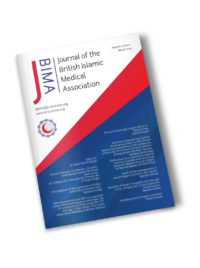
The book will be discussed in this article is Al-Kafi fi al Kuhl, The Sufficient in Ophthalmology, which was
written by Khalifah Ibn Abi Al-Mahasin Al-Halabi (D 656AH=1256 CE).
The first medical historian to mention this book and bring it to the attention of the medical historians’ community
was the famous French medical historian Lucien LeClerc, who in 1876 wrote briefly about the then only known copy of the book in the Bibiliotheque Nationale inParis (Number: 1043 B Arabe) (1). Since then, many other historians came to mention the book and discuss its contents scientifically and artistically.
Carl Brockelmann (1868-1956), the famous German orientalist historian and biographer, mentioned the book
and CITED a second manuscript in Istanbul, Turkey in the Sulaymaniea library (YeniJame 924) in his book
entitled Geschecte Der Arabischen Literature published in Berlin in 1902 (2).
In 1905, the famous orientalist, ophthalmologist, and the founder of the field of the history of ophthalmology,
Julius Hirschberg, (3) along with another two orientalists, J. Lippert, and E. Mittwoch, wrote a book entitled Dei
Arabischen Augenarzte, or The Arabian Ophthalmologists, in which they studied the book in great detail and translated select sections into the German language based on the two known manuscripts. The book was translated into English and published in Riyadh, KSA (4).
It is very surprising to notice that the outstanding books written by famous Arabian historians and biographers
have neglected to mention this book, especially Ibn Abi Usaybia who wrote the most accurate and reliable
medical biography entitled Uyon Al-Anbaa fi Tabaqat Al-Atebba, especially since they were colleagues and studied medicine in Al-Bimaristan Al-Nooriin Damascus, Syria, under the same mentor the famous (Al-Dukhwar). And what is more surprising is that most of the modern-day biographers, such as Al-Zirkly, Kahhale, Diab, etc. have ignored the book and its author. The only brief mention of the book was by the late Prof. Kamal Al-Samarrai(5).
As mentioned above, there are currently two known manuscripts of this book:
1- The Paris manuscript in the Bibliotheque Nationale, the recent number (Arabe2999)
2- The Istanbul manuscript in the Sulaymanieh Library, the index number (YeniJame 924)
In this article, we will focus on the Istanbul manuscript because it is complete, well organized, neatly written in Naskh calligraphy (1560CE), more recent than the Paris Library manuscript (written in 1274CE), and very well illustrated.
The manuscript consists of 230 folios, well organized in terms of chapters and sub-chapters; it is important because it was written towards the end of the peak of the Arabic/Islamic civilization era, followed by only four books written in the field of ophthalmology, namely:
1- Al-Muhadhab Fi Al-Kuhl Al-Mujarrab, written by Ibn Al-Nafis(1210-1280 CE) (6)
2- The Light of the Eyes and the Collector of the Arts, written by Salah Al-din Al-Kahhal Al-Hamwi (D1296CE) (7)
3- Uncovering the Disorders of the Eye, written by Ibn Al-Akfani (D1348CE) (8)
4- The Ophthalmologic Support of the Eye, written by Sadaqah Al-Shadhili, (D1360). (9)
The significance of this book lies in the following facts:
1- It summarizes most, if not all, that was written in this field prior to its time.
2- The author quoted 72 authors and 41 books and pharmacopeias starting with Hippocrates up until his
time and gives credit to each author and book.
3- It is the first book to elegantly illustrate the anatomy of the eye globe, the optic nerves, the optic chiasm,
the optic pathway, the occipital lobe, the four cerebral ventricles, and the Dura mater and the Pia mater (Fig. 1). This illustrates the cross section of the eye globes with great details to the location of the lens behind the iris, the pupil in the middle of the iris, the three coats of the eye, the sclera, the choroid and the retina, the optic nerve, the chiasm, the optic pathway, the four ventricles of the brain, and the small circle behind the chiasm which we believe to be the pituitary gland, but he didn’t dare to name it. One can see the occipital lobe where vision takes
place as well as the periostium labelled in Arabic.
4- This illustration was used as the emblem to the American Academy of Ophthalmology’s annual meeting in Dallas, Texas in 1987, without giving reference to the original drawing (Fig. 2).
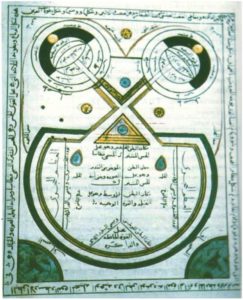 Fig.1 An illustration of the anatomy of the eye.
Fig.1 An illustration of the anatomy of the eye.
5- It is the first book to place the ophthalmic surgical instruments in very elegant tables, with the drawing
of the instrument, its name at the top, and the way to use it below (Fig.3).
6- It is the first book to classify the eyelids and the eye diseases in well-organized tables (Fig. 4).
7- It is the first book to describe the measurements (weights and volumes) necessary for accurate medication ratios. Those measurements were more precise than what was mentioned in Ibn Sina’s Al-Qanon.
8- It is the first book to dedicate a whole separate chapter to meticulously describe the technique of
venesection (bloodletting), which seems more precise compared to what Ibn Sina wrote in Al-Qanon.
9- 8-For the first time in history, it describes the use of the magnet to extract a broken piece of a couching
needle from the eye.It is worth mentioning that this book was edited by M.Zafer Wafai,MD and the late Prof. M. Rawwas Kalaaji, Ph.D., and was published by the Islamic Educational, Scientific and Cultural Organization (ISESCO), Rabat, Kingdom of Morocco, 1990 (Fig.5).
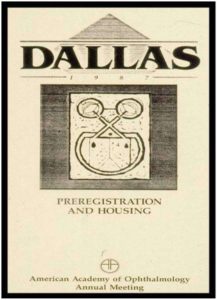 Fig. 2 The program cover for the Academy’s 1987 convention in Dallas, TX.
Fig. 2 The program cover for the Academy’s 1987 convention in Dallas, TX.
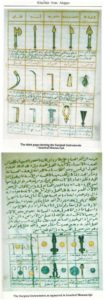 Fig. 3 The ophthalmic surgical instruments, organized into tables for the first time.
Fig. 3 The ophthalmic surgical instruments, organized into tables for the first time.
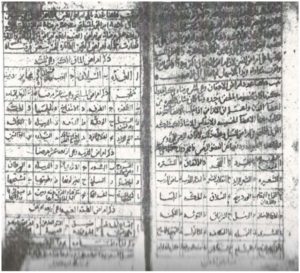
Fig. 4. Classification of eyelid and eye diseases in 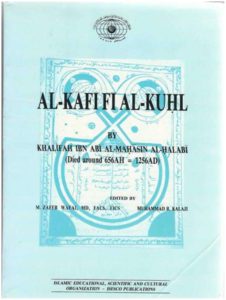 organized tables.
organized tables.
Fig. 5 The cover of the newly edited and published copy of Al-Kafi Fi Al-Kuhl, 1990.
References
- Lucien Le Clerc: Histoir De La Medicine Arabe, Vol.II PP145-14
- Publisher; Ernest Lecroue, Paris 1876
- Carl Brockelmann: Geschecte Der Arabischen Letirature. Published 1892-1905
- (The history of Arabic Letirature)
- Julius Hirschberg: Geschecte DerAugenheilkunde (1899-1917) 9 Volumes
- (The History of Ophthalmology).
- Julius Hirschberg, J. Lippert, E. Mittwoch
- Die ArabischenAugenarzte,
- Leipzig, Verlag Von Veit& Comp. 1905
- Translated into English by:
- Prof. Frederick C. Blodi, Wlfried J. Rademaker, Gisla Rademaker and Kenneth F. Wildman
- Edited by: M. ZaferWafai, MD.
- Published by: King Abdul-Aziz City for Science and technology, Riyadh, KSA. 1993
- Abstract of the History of Arabian Medicine. 2 Volumes
- Kamal Al-Samarrai, MD
- Published by: Dar Al-Nidal, Baghdad, Iraq 1985
- Edited by M. Zafer Wafai, MD. And Prof. M.Rawwas KalaajiPh.D.
- Published by: The Islamic Educational, Scientific and Cultural Organization (ISESCO)
- Rabat, Kingdom of Morocco, 1988
- Edited by M. ZaferWafai, MD. And Prof. M.Rawwas Kalaaji Ph.D.
- Published by: King Faisal center for research and Islamic Studies. Riyadh, KSA. 1987
- Edited by M. ZaferWafai, MD. And Prof. M.RawwasKalaaji, Ph.D.
- Published by: King Faisal Center for Research and Islamic Studies. Riyadh, KSA. 1993
- Edited by M. Zafer Wafai, MD and Abdul Kader Khashan, Ph.D. Pharmacy
- Published by: Dar Al-Nafaes, Beirut, Lebanon, 202 technology, Riyadh, KSA. 1993

